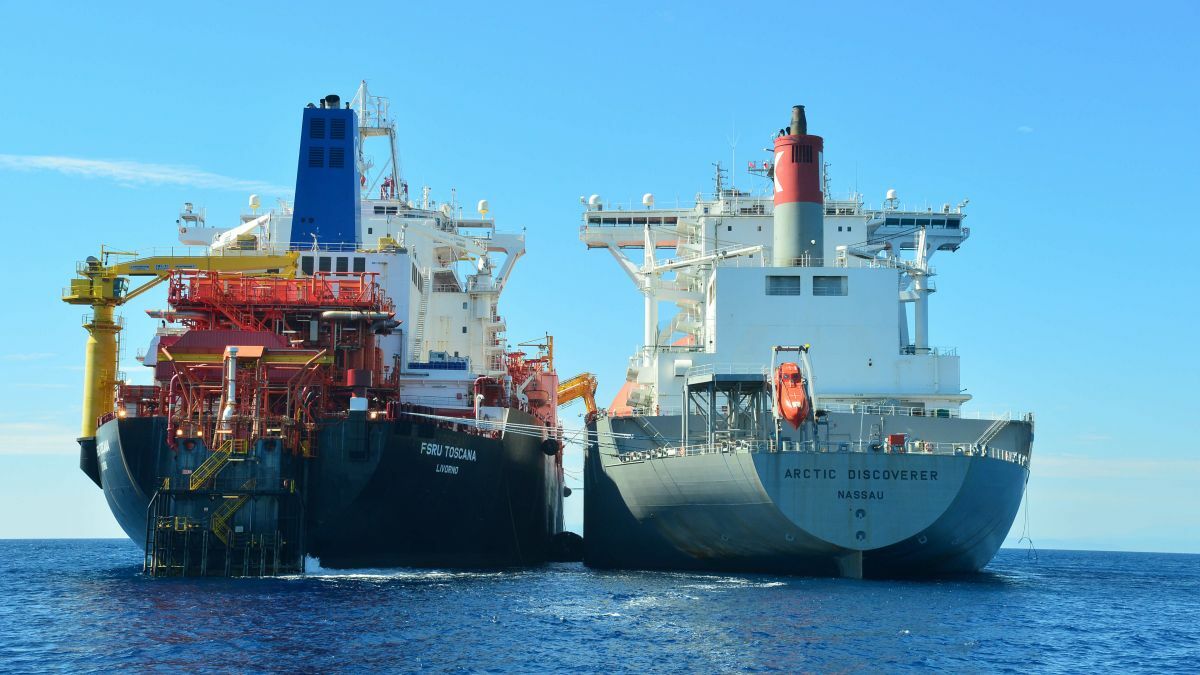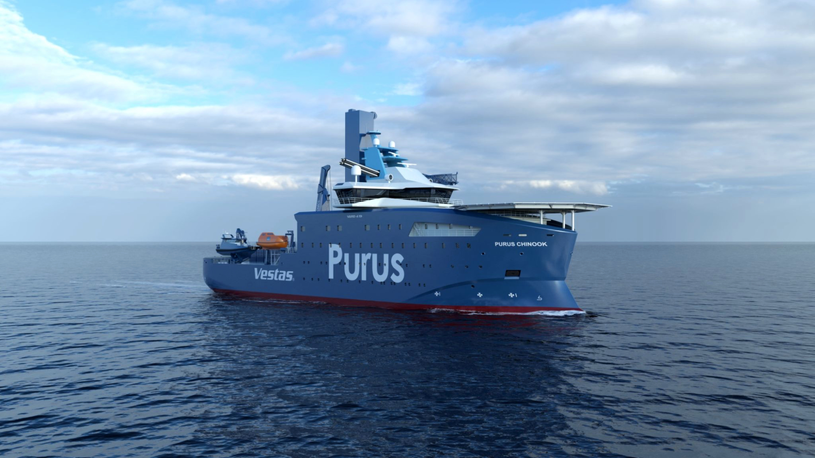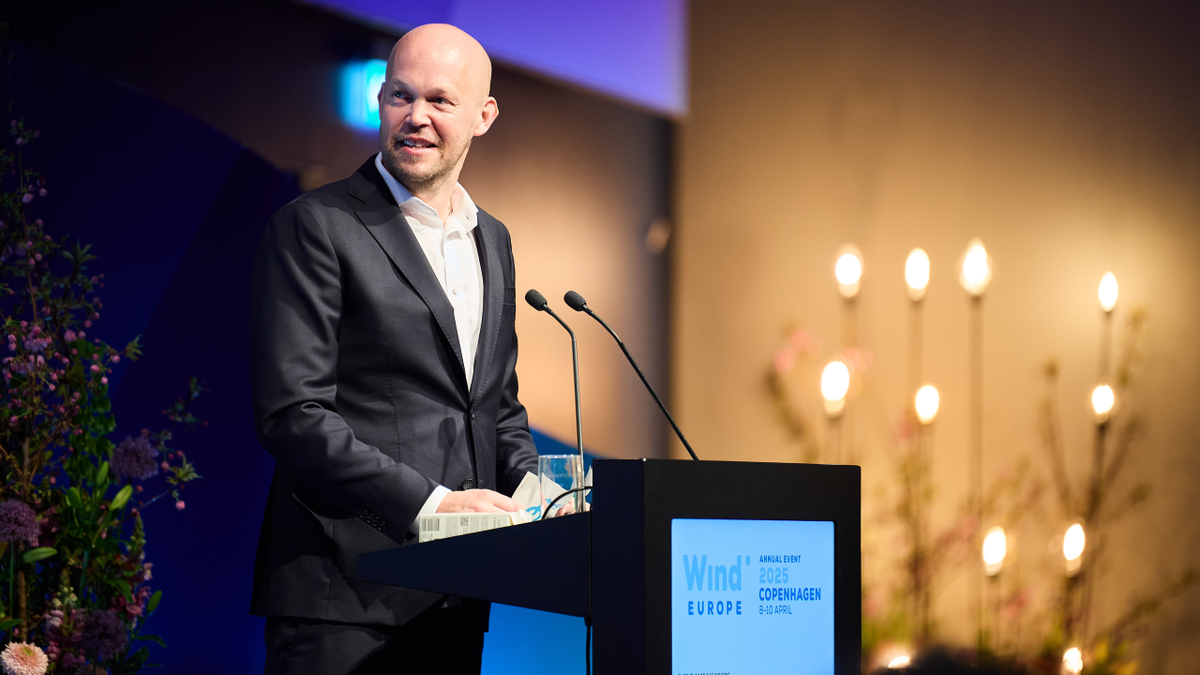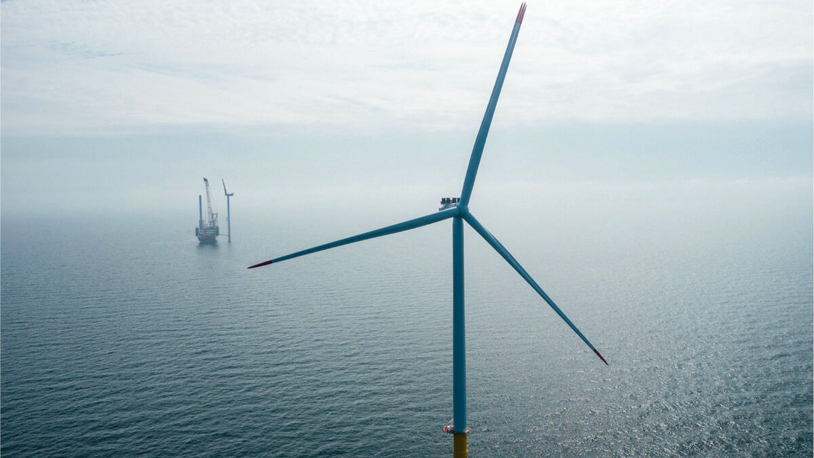Business Sectors
Contents
Effective frameworks and collaboration key to Australian offshore wind
Australia sees huge potential in offshore wind, but developing an industry there will not be without its challenges
Recent weeks have seen a raft of announcements from the Australian government about its plans for offshore wind, as Neil Douglas* explains.
Australia has committed to reaching net-zero emissions by 2050 and has formally lodged a target of a 43% reduction in greenhouse gas emissions (from 2005 levels) by 2030 as a Nationally Determined Contribution under the Paris Agreement.
This laudable political and social commitment should be viewed in context – Australia currently has the highest CO2 emissions per capita of all OECD countries.
While renewable electricity, mostly onshore wind (10 GW) and solar (30 GW), presently contributes about 30% to annual electricity generation, the Australian electricity system remains heavily dependent on fossil fuels, including over 28 GW of coal-fired plant.
Nuclear power is prohibited Australia by an act of Parliament passed in 1999. Although there are political rumblings around repealing this ban, Australia will not deliver its emissions reduction targets by 2030 without a significant uptake of new renewable energy capacity, including a substantial contribution from offshore wind.
Australia has an extensive coastline, viable water depths, an excellent wind resource and a high coastal population density, making offshore wind an obvious choice to power a rapid expansion in renewables capacity. The country’s vast coastal areas, especially those near population centres in New South Wales, South Australia, Tasmania, Victoria and Western Australia, provide ample space for offshore windfarms, albeit with some very deep water close to shore that will require floating wind technology.
A series of ambitious government targets have been announced for Australian offshore wind at both Commonwealth and state level. The first leasing round for feasibility licences in the Gippsland area off Victoria closed in April, with results keenly awaited. The next leasing round, for the Hunter region off New South Wales, is in progress and a further leasing round has just been announced this week off the Victoria and South Australia coastline. This proactive approach has attracted the attention of both new local developers and experienced international offshore wind developers, with many interesting joint ventures and partnerships being formed.
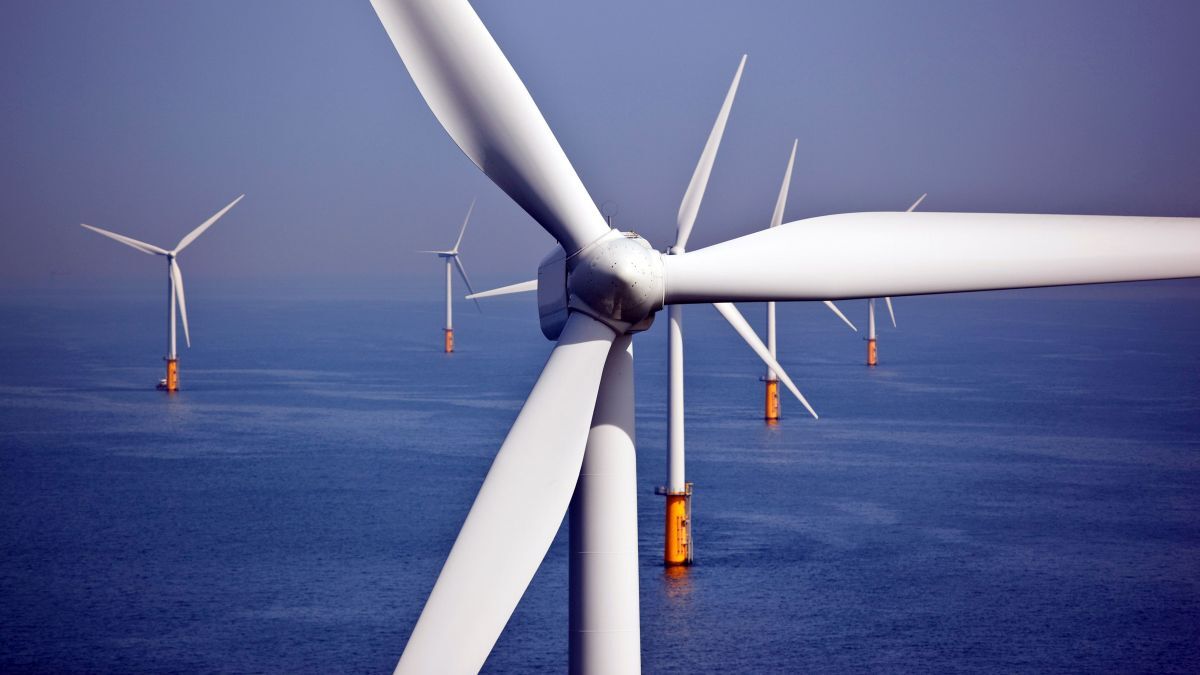
This is all very promising, and it feels like the fundamental building blocks of a committed government and a keen industry are in place. Most observers, however, agree that several key challenges still need to be overcome to realise the opportunity and put turbines in the water.
These challenges include developing a local supply chain, social and environmental considerations, and a comprehensive set of policies and frameworks for delivering capacity that will require the sustained support of government over successive parliamentary terms.
Australia does not have a deep heritage in large steel fabrication, and it is a long way from established offshore wind markets with experienced fabrication capability. Local tower manufacturing is a distinct possibility and a natural area of the supply chain for Australia to capture, whereas delivering local monopile, jacket or floating foundation fabrication will take a determined approach and targeted investment to achieve. The most likely competition here is low-cost imports from Asia.
A related dynamic to supply chain development is job creation and delivering economic benefits to communities and the people of Australia. Many communities in Australia are dependent on coal mining and fossil power generation. In the spirit of a just transition to a net-zero future, Australia must find a way to create local jobs as the energy system undergoes transformation, as is the case in many other developing offshore wind markets.
Australia is famous for its natural heritage and its seas are internationally important in terms of biodiversity. Careful project siting, stakeholder and community engagement and impact assessment are prerequisites for a thriving and sustainable market to emerge. The environment, scenery and ecosystems are gloriously unique in Australia, but the environmental considerations often are not. Collaboration with experienced players and learning from established markets can provide ways to address these considerations, even providing locally bio-positive projects.
In terms of the frameworks for offshore wind, while the Commonwealth-administered leasing programme that has been established is giving confidence to developers to commit resources to early project development, what is presently less certain is the power purchase and revenue structures that will be implemented at state level. This is an area where industry and investors require a high level of confidence to keep funding projects.
The government is committed to acting quickly here before confidence wanes and investors turn their attention elsewhere. Other important legislative areas where certainty is required include marine spatial planning, project permitting, and health and safety. Again, there is much for government to learn from what has made other markets successful, and in listening to what project developers require to drive investment.
The prospects for offshore wind energy in Australia are promising. The coastline, winds and government commitment are working in offshore wind’s favour. There is every reason to expect that, to use a metaphor from one of the country’s favourite sports, that Australia will ‘hit it for six in offshore wind.’ If the challenges above are not addressed early, however, there is a risk the industry could be out for a duck.
*Neil Douglas is a director at BVG Associates in the UK and has 20 years of experience in the commercial and technical aspects of renewable energy generation. His main areas of expertise include windfarm asset management, performance engineering, technical due diligence and risk analysis for onshore and offshore windfarms
Related to this Story
Events
LNG Shipping & Terminals Conference 2025
Vessel Optimisation Webinar Week
Marine Coatings Webinar Week
© 2024 Riviera Maritime Media Ltd.




